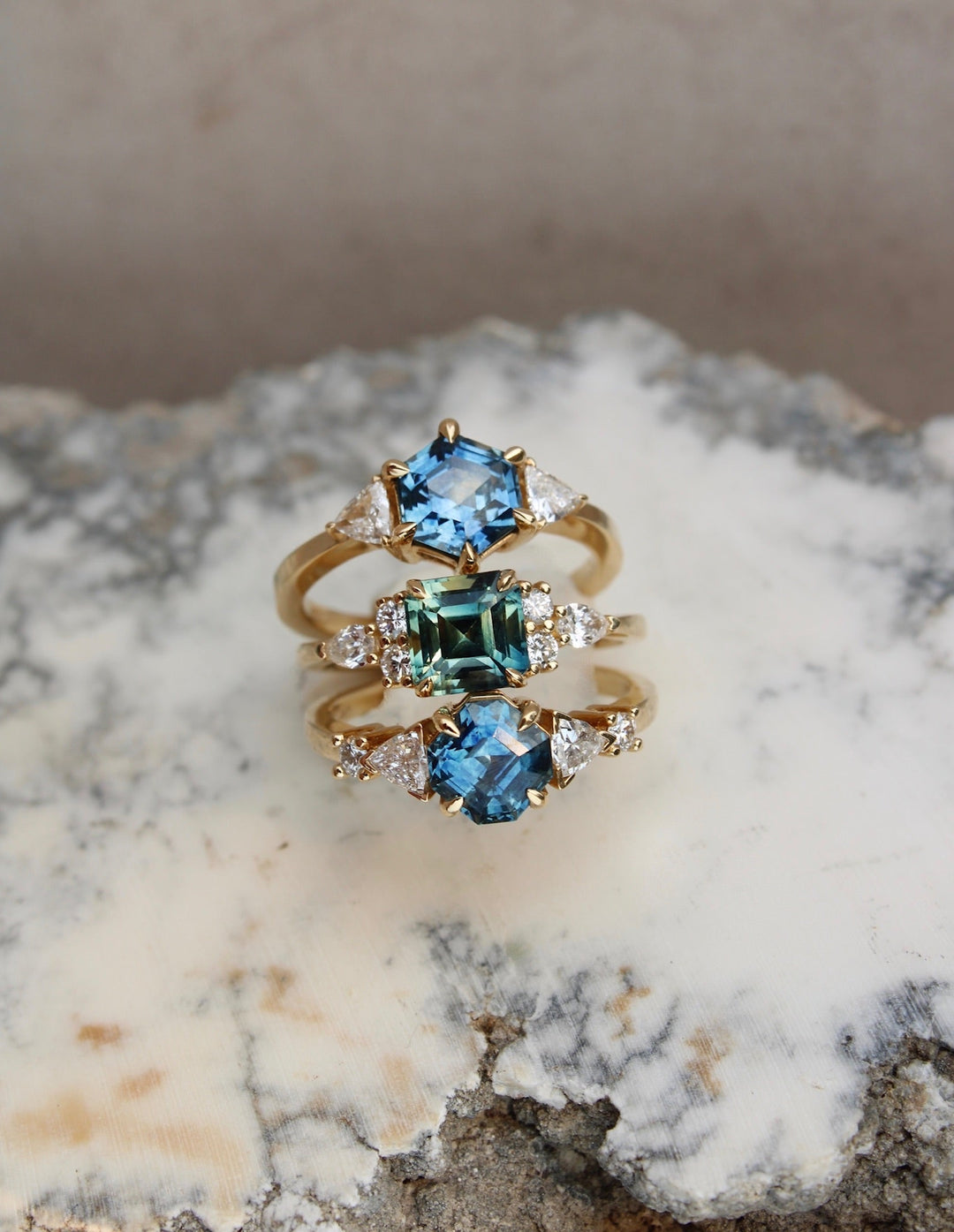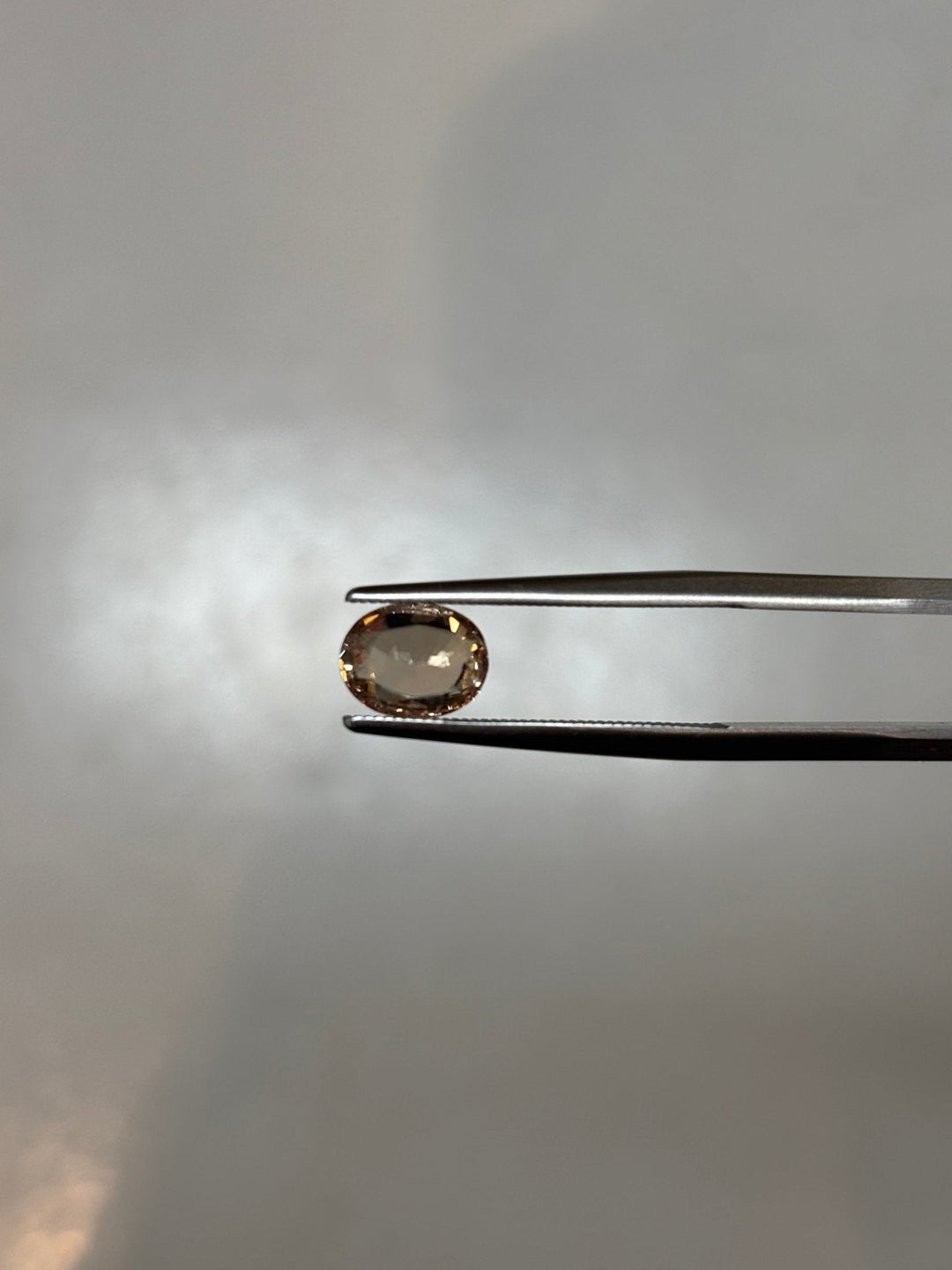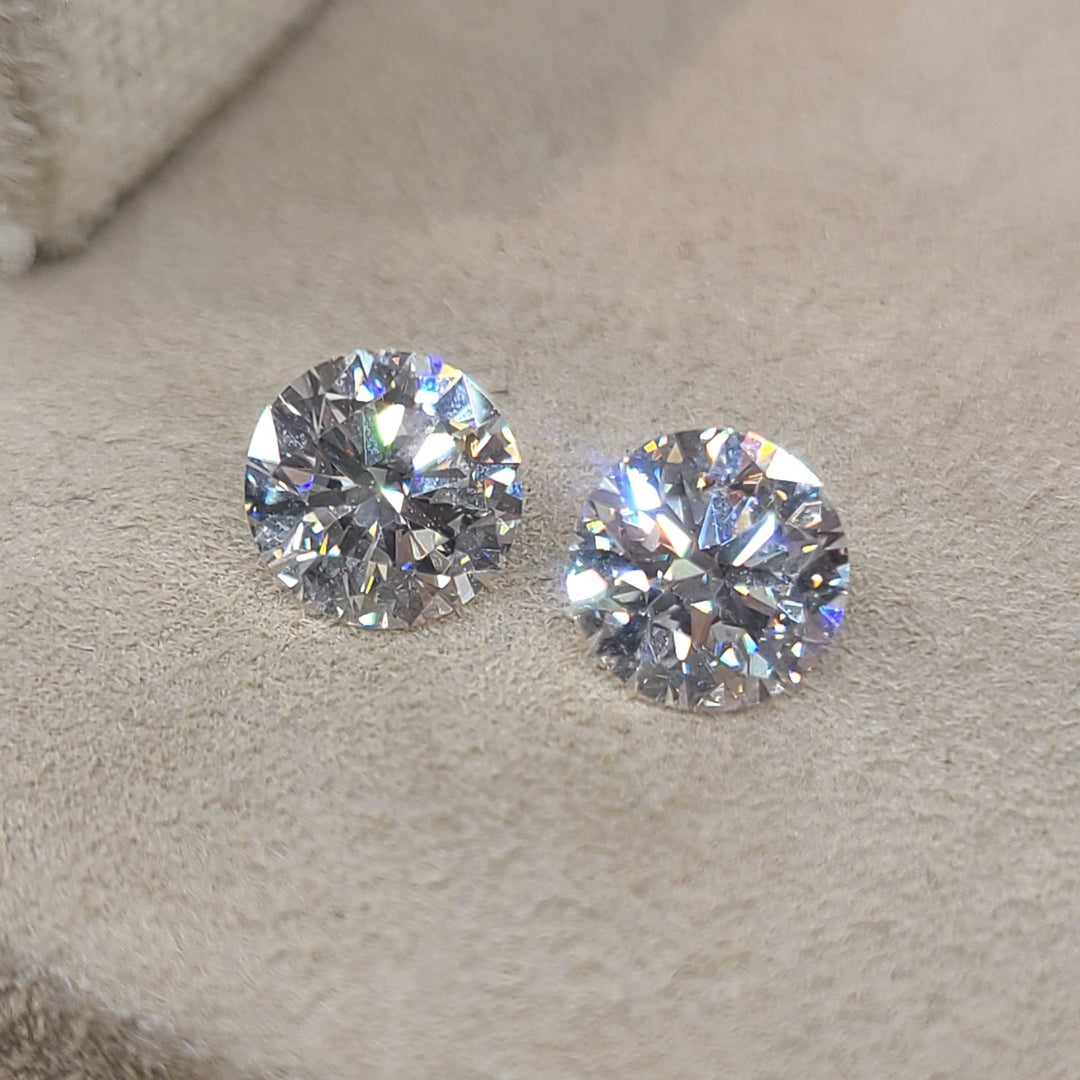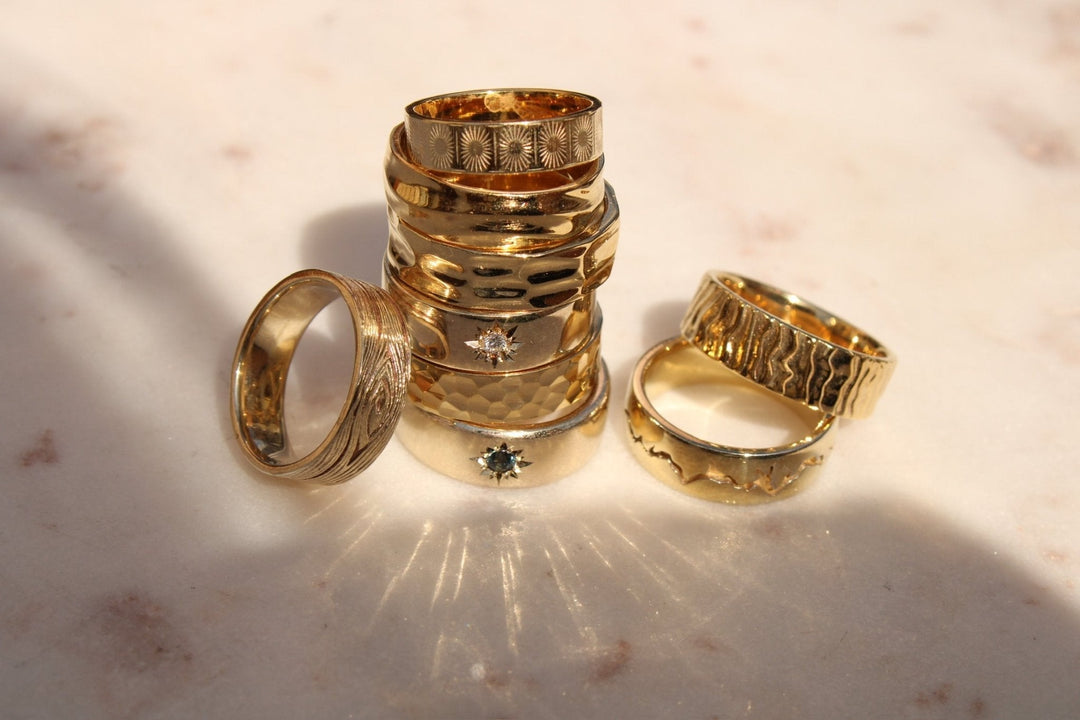Discover the Best Lab Grown Diamonds for Your Perfect Engagement Ring
Lab-grown diamonds are genuine diamonds created in a lab and offer many advantages over natural diamonds. This article covers why they are a popular choice, their benefits, and how they compare to mined diamonds.
Key Takeaways
-
Lab-grown diamonds share identical properties with natural diamonds and are created using advanced methods like HPHT and CVD, making them virtually indistinguishable.
-
They offer a sustainable and ethical alternative to mined diamonds, being generally more affordable and with a reduced environmental impact.
-
Lab-grown diamonds are certified for quality by reputable organizations and maintain a high standard that matches or exceeds that of natural diamonds.
What Are Lab Grown Diamonds?
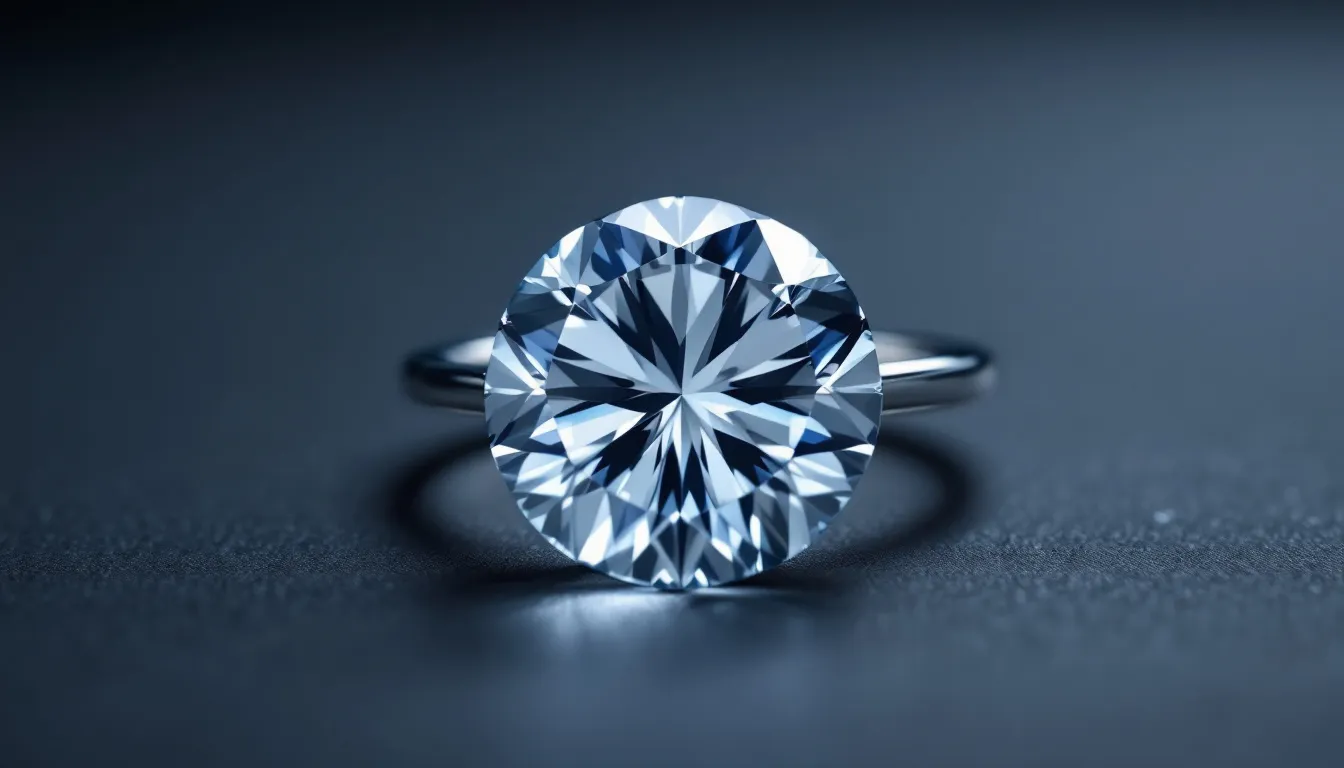
Lab-grown diamonds are also referred to as man-made, cultured, and engineered diamonds. They are specifically created in a laboratory environment. These diamonds share identical optical, chemical, and physical properties with natural diamonds, making them virtually indistinguishable. Chemically, lab-made diamonds are made of pure carbon, just like their natural counterparts, and possess the same crystal structure.
The process of creating lab-grown diamonds involves advanced technological methods that replicate the natural diamond formation. High Pressure High Temperature (HPHT) and Chemical Vapor Deposition (CVD) are the two primary methods used to produce diamonds. These methods ensure that lab-grown diamonds have the same hardness, sparkle, and durability as natural diamonds.
Lab-grown diamonds offer a sustainable and ethical alternative to mined diamonds. With the same stunning appearance and quality, they are an excellent choice for those looking to make a responsible purchase. Understanding the meticulous crafting of lab-grown diamonds deepens our appreciation for these gems.
How Are Lab Grown Diamonds Made?
The creation of lab-grown diamonds is a fascinating process that involves replicating the natural conditions in a controlled laboratory environment. The HPHT method involves subjecting pure carbon to extreme heat and pressure, typically at 5 GPa and temperatures above 1,400 °C, to form diamonds. This method mimics the natural formation of diamonds deep within the Earth’s mantle.
On the other hand, the CVD method starts with a small diamond slice placed in a sealed chamber filled with carbon-rich gas. The chamber is then heated to high temperatures, causing the carbon atoms to deposit onto the diamond slice and grow layer by layer. This process allows for the efficient production of diamonds within a few weeks, making it a more time-effective method compared to natural diamond formation.
Both HPHT and CVD methods ensure that the resulting lab-grown diamonds have the same chemical composition and physical properties as natural diamonds. The advanced technology used in these processes guarantees that lab-grown diamonds are of high quality and free from the environmental and ethical issues associated with traditional diamond mining. These methods highlight the innovation and precision behind these stunning gems.
Are Lab Grown Diamonds Real Diamonds?
Absolutely, lab-grown diamonds are real diamonds. In 2018, the Federal Trade Commission officially recognized lab-grown diamonds as real diamonds. They possess the same chemical and physical properties as natural diamonds, including identical levels of hardness and durability. Lab-grown diamonds maintain their color and appearance over time, just like natural diamonds.
The intrinsic value of lab-grown diamonds lies in their beauty, durability, and identical properties to natural diamonds. Whether created in a lab or formed naturally over billions of years, these gems share the same sparkle and brilliance. This assurance allows consumers to choose lab-grown diamonds with confidence, knowing they are getting a genuine diamond.
Differences Between Lab Grown Diamonds and Natural Diamonds
While lab-grown diamonds and natural diamonds share many similarities, there are some key differences. One of the most significant differences is the time it takes for these diamonds to form. Lab-grown diamonds can be created within weeks, whereas natural diamonds take billions of years to form. This difference in formation time contributes to the efficiency and lower cost of lab-grown diamonds.
Lab-grown diamonds also typically have a lower environmental impact compared to natural diamond mining. The creation process of lab-grown diamonds results in reduced land degradation and lower carbon emissions. Additionally, lab-grown diamonds are generally priced 30-40% lower than natural diamonds of similar quality, making them a more cost-effective option.
Another difference lies in the trace elements found within the diamonds. Natural diamonds can contain trace amounts of nitrogen, which is not present in lab-grown diamonds. These distinctions, along with the ethical and environmental benefits, make lab-grown diamonds an appealing alternative to natural ones.
Do Lab Grown Diamonds Have the Same Quality as Natural Diamonds?
Lab-grown diamonds can match or even exceed the quality of natural diamonds. These diamonds are produced in controlled environments, ensuring consistent quality without defects. The same 4 Cs (cut, color, clarity, and carat weight) used to grade natural diamonds are also applied to lab-grown diamonds, ensuring they meet high-quality standards.
Certification for lab-grown diamonds certified is performed by reputable organizations such as the International Gemological Institute (IGI) and the Gemological Institute of America (GIA). This certification process provides confidence in the quality and authenticity of lab-grown diamonds. Additionally, lab-grown diamonds undergo a rigorous quality control process during production to achieve high quality.
While there can be variations in quality, lab-grown diamonds maintain a level of excellence comparable to natural diamonds. This makes them a reliable and attractive option for fine jewelry, including engagement rings and other significant pieces.
Why Choose Lab Grown Diamonds?
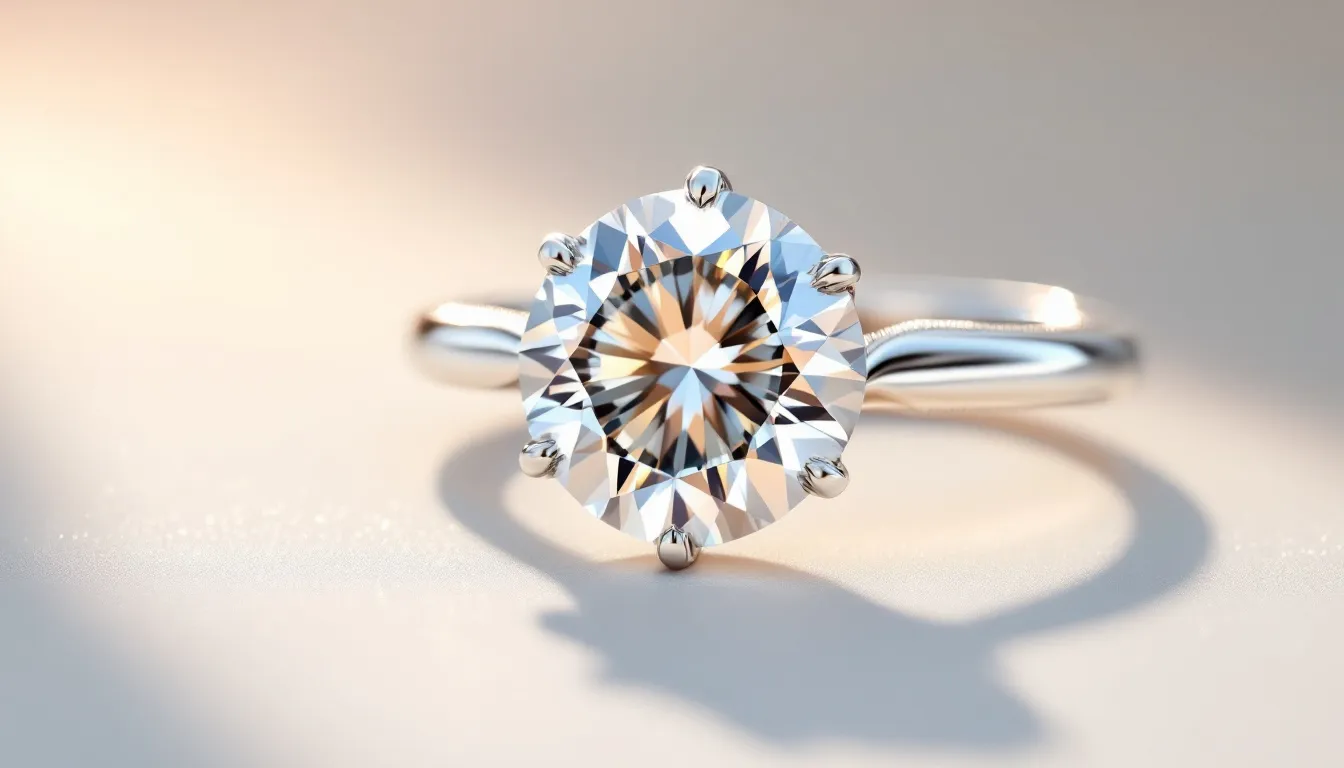
Lab-grown diamonds offer numerous benefits, contributing to their growing popularity among consumers. Affordability stands out as one of the most compelling reasons. Lab-grown diamonds are often more affordable than natural diamonds due to lower production costs and shorter creation times. This allows buyers to choose larger or higher-quality diamonds within their budget.
Lab-grown diamonds are also considered a responsible choice because they are ethically sourced and non-mined. Modern consumers, increasingly conscious of their environmental and social impact, find the ethical and sustainable sourcing of lab-grown diamonds appealing.
Additionally, lab-grown diamonds are available in popular shapes such as round, princess, emerald, and more, providing a wide range of options for buyers. The combination of affordability, ethical sourcing, and a variety of options makes lab-grown diamonds an attractive choice.
Lab-grown diamonds are available in popular shapes such as:
-
Round
-
Princess
-
Emerald
-
And more
-
Lab diamonds
The combination of affordability, ethical sourcing, and a variety of options makes lab-grown diamonds an attractive choice.
This growing interest highlights a shift towards more sustainable and responsible purchasing decisions in the jewelry industry.
Can You Tell the Difference Between Lab Grown Diamonds and Natural Diamonds?
Distinguishing between lab-grown diamonds and natural diamonds is not possible with the naked eye. Both types of diamonds look identical and share the same optical properties. However, experts can identify lab-grown diamonds using specialized equipment, such as spectroscopy, which analyzes the unique growth patterns and properties of the diamonds.
These identification methods involve examining inclusions and markings that are unique to the formation process of lab-grown diamonds. Although a common concern among consumers, distinguishing between the two requires professional expertise and specialized equipment.
Lab Grown Diamonds for Engagement Rings
Lab-grown diamonds have become a popular choice for engagement rings due to their numerous benefits. Chemically identical to natural diamonds, they are indistinguishable to the naked eye and provide the same sparkle and brilliance. Moreover, lab-grown diamonds are rated a 10 on the Mohs scale, ensuring they are durable enough to withstand everyday wear.
One of the primary reasons couples choose lab-grown diamonds for engagement rings is their affordability. These diamonds are much cheaper than natural diamonds, making larger size diamonds more accessible. The affordability of lab-grown diamonds allows for more options in terms of size and quality, enabling couples to choose a ring that fits their preferences and budget.
Lab-grown diamonds also offer a sustainable and ethical option that many modern couples seek. The environmental and ethical considerations associated with lab-grown diamonds make them an appealing choice for those looking to make a responsible purchase. Additionally, lab-grown diamonds are available in a variety of unique shapes and colors, allowing for more personalized and customized engagement rings.
Lab-grown diamonds, suitable for engagement rings, earrings, necklaces, or bracelets, offer versatility and appeal for all types of fine jewelry. Their ethical and environmental benefits make them an ideal choice for engagement ring special occasions.
Buying Lab Grown Diamonds
When buying lab-grown diamonds, understanding the 4Cs (cut, color, clarity, and carat weight) is crucial. These factors determine the quality and value of the diamond, just as they do for natural diamonds. Lab-created diamonds typically cost 20% to 40% less than natural diamonds, making them a budget-friendly option without compromising on quality.
Specialized retailers like Kingdom Fine Jewelry offer expertise in lab-grown diamonds, providing a range of options and customization services. Kingdom Fine Jewelry can customize any of their rings to include lab-grown diamonds, allowing buyers to create a unique and personalized piece of jewelry.
Purchasing lab-grown diamonds from reputable retailers and ensuring certification by recognized gemological laboratories guarantees quality and authenticity, choosing lab grown diamonds offers buyers peace of mind.
Cleaning and Caring for Lab Grown Diamonds

Maintaining the shine and quality of lab-grown diamonds requires regular cleaning and proper care. A simple and effective cleaning method is to soak the diamonds in warm, soapy water and use a soft brush to reach any hard-to-clean areas. Regular cleaning with a soft cloth can also help maintain their sparkle.
Store lab-grown diamonds separately from other jewelry to avoid scratches. Additionally, avoid exposing lab-grown diamonds to harsh chemicals, as they can damage the surface of the diamonds. These care tips help maintain the beauty and brilliance of your lab-grown diamonds for years.
Are Lab Grown Diamonds a Good Investment?
Lab-grown diamonds present a unique investment option, but their status as a good investment depends on individual jewelry priorities. While they tend to be less expensive upfront, their ability to hold value over time is uncertain. The long-term value of lab-grown diamonds may be influenced by their relative abundance in the market.
Improving production capabilities for lab-grown diamonds may result in more competitive pricing, potentially affecting their investment attractiveness. Additionally, resale values for lab-grown diamonds are typically lower compared to natural diamonds, which could hinder their potential as an investment.
Although market acceptance for lab-grown diamonds is increasing, their resale market is still viewed as volatile. Weigh these factors and prioritize personal preferences and ethical considerations when evaluating lab-grown diamonds as an investment.
Popular Myths About Lab Grown Diamonds
There are several myths surrounding lab-grown diamonds that need to be debunked. Here are some common myths:
-
Lab-grown diamonds are not real diamonds.
-
Lab-grown diamonds are of lower quality than natural diamonds.
-
Lab-grown diamonds are not as durable as natural diamonds.
-
Lab-grown diamonds are significantly cheaper than natural diamonds.
In reality, lab-grown diamonds are real diamonds with the same physical and chemical properties as natural diamonds. They are just as durable and long-lasting, making them a reliable choice for jewelry.
Another myth is that lab-grown diamonds contribute to human rights abuses. On the contrary, lab-grown diamonds are considered conflict-free and have a lower environmental impact compared to traditional diamond mining. The movie ‘Blood Diamond’ highlighted the human rights abuses associated with traditional mining, making lab-grown diamonds a more ethical alternative.
Ethical and Environmental Considerations
The production of lab-grown diamonds has a lower environmental impact compared to traditional mining. This is due to reduced land degradation and lower carbon emissions associated with lab-grown diamond production. While lab-grown diamonds require substantial energy, the direct environmental impact is generally less severe than that of mined diamonds.
Some lab-grown diamonds are produced using renewable energy sources, contributing to a more sustainable manufacturing process. This makes lab-grown diamonds an attractive option for environmentally conscious consumers.
Lab-grown diamonds are also considered conflict-free, addressing ethical concerns related to human rights and environmental destruction associated with mined diamonds. They typically offer safer working conditions for employees compared to many traditional diamond mines. These ethical and environmental benefits make lab-grown diamonds a responsible choice for those looking to make a positive impact.
Summary
Lab-grown diamonds offer a unique combination of beauty, affordability, and ethical considerations. They are real diamonds with the same physical and chemical properties as natural diamonds, making them an attractive option for fine jewelry. The lower environmental impact and conflict-free nature of lab-grown diamonds provide additional benefits that resonate with modern consumers.
Choosing lab-grown diamonds allows buyers to enjoy stunning, high-quality gems while making a responsible and informed decision. Whether for engagement rings, earrings, or other jewelry, lab-grown diamonds are a perfect choice for those seeking a blend of elegance and sustainability.



